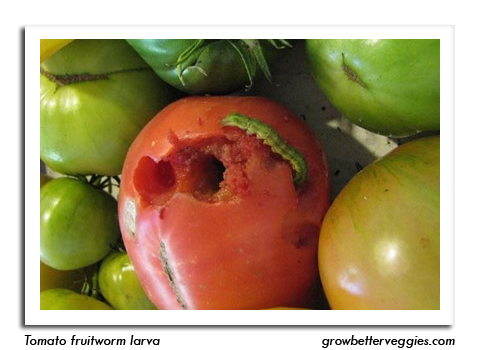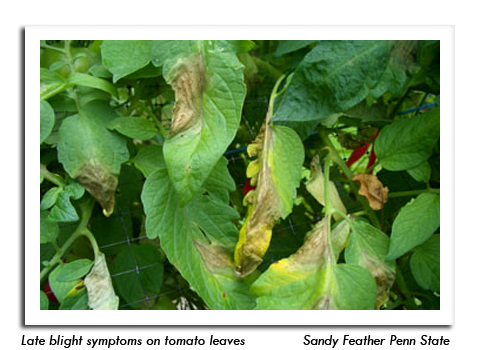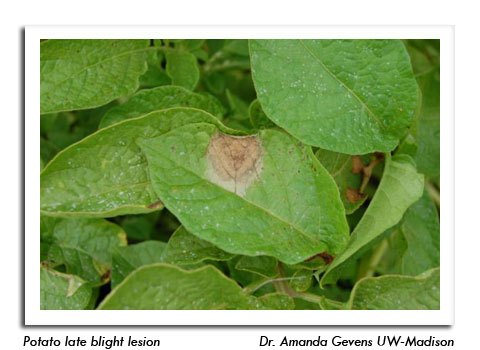
 |
|
|
Vegetables
Volume 58 Number 17 Date 08/29/2013 SQUASH BUG - Growers of melons, pumpkins and squash should continue to inspect plants for squash bugs as fruits ripen next month. Most plantings have matured beyond the critical period of control (seedling and flowering stages), but the adults and nymphs are likely to feed on fruits throughout fall, causing aesthetic damage and, in extreme cases, fruit drop. Late-season control consists of disposing of cucurbit foliage and plant debris around the garden to reduce the number of overwintering sites. TOMATO FRUITWORM - Tomatoes are at increased risk of egg deposition and larval infestation by this pest as most of the state's sweet corn fields mature beyond the green silk stage and no longer provide attractive egg laying sites. The female moths lay eggs near green fruits and the larvae rapidly enter tomatoes from the stem end, consuming the interior and leaving a cavity filled with fluid and droppings. Fruits are inedible after fruitworm infestation and should be removed and discarded. LATE BLIGHT - Environmental conditions remain favorable for late blight development. Monitoring plants for signs of infection and regular treatment of infected fields on a 5- to 7-day schedule will be critical for preventing this disease from spreading to other tomato and potato crops as harvest continues. Confirmed cases of late blight have been identified in Adams, Brown, Dunn, Juneau, Langlade, Milwaukee, Portage, Racine, Sauk and Waushara counties to date. ONION MAGGOT - Third-generation maggots are feeding on cull onions and bulbs left behind in fields. Onion growers should remove all cull piles and thoroughly clean fields to reduce overwintering populations. Rotation to a non-host crop is recommended for fields with a history of onion maggot problems. FALL ARMYWORM - Moths are arriving in low numbers in southwestern and south-central Wisconsin and depositing eggs in late-maturing corn. The larvae appear late in the season, from mid-July through harvest, and are typically found damaging corn in patches throughout a cornfield. Fall armyworms are similar in appearance to the corn earworm larva but can be differentiated by a conspicuous white, inverted Y-shaped suture on the head capsule between the eyes. Corn normally can sustain considerable damage from this pest before control is required. -- Krista Hamilton, DATCP Entomologist 





|
|
|